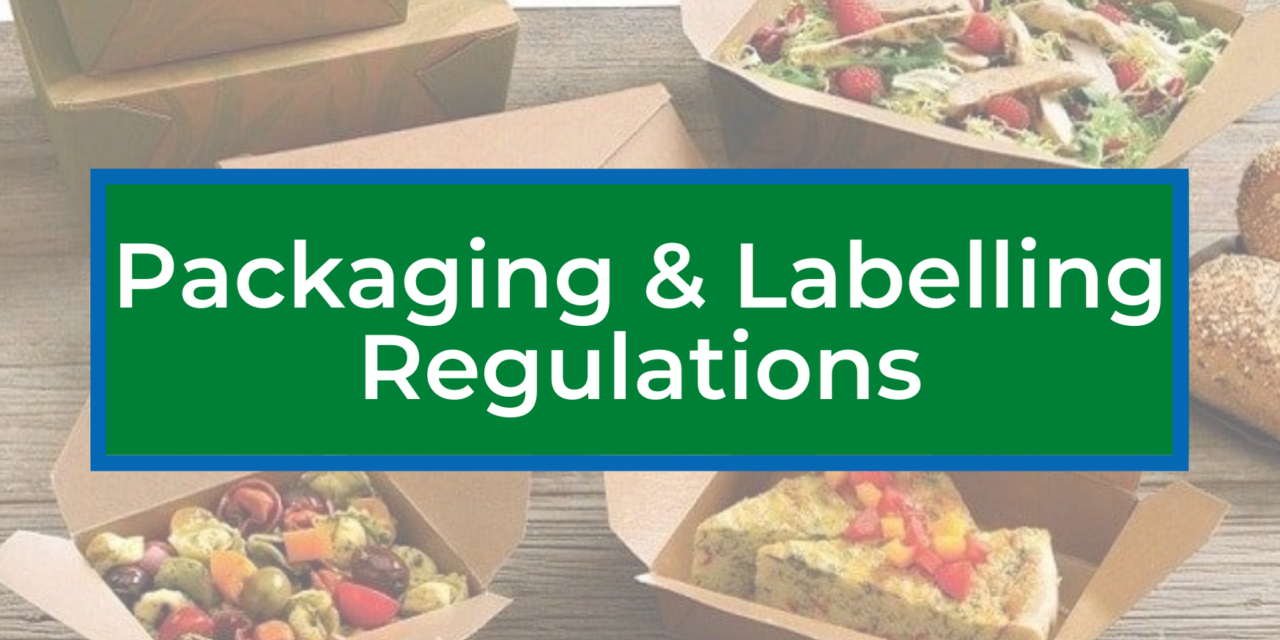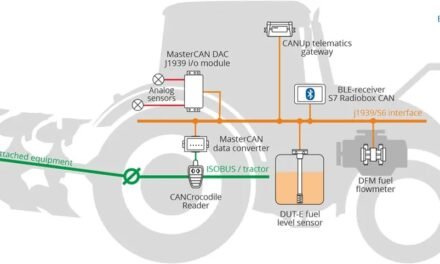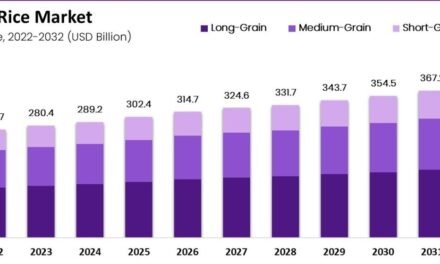Ensuring compliance with labeling regulations for packaged goods is a critical part of product development and marketing, as it ensures that products meet legal requirements, avoid penalties, and build consumer trust. Companies use a combination of internal processes, technological tools, and expert guidance to adhere to labeling standards. Here’s how they achieve compliance:
1. Understanding Regulatory Requirements
- Key Actions:
- Research Local Regulations: Familiarize with country-specific labeling laws, such as FDA guidelines in the U.S., EU Food Information Regulations, or Codex Alimentarius standards.
- Stay Updated: Monitor changes in regulations, such as new allergen disclosure requirements or sustainability labeling mandates.
- Example: In the U.S., the FDA requires clear labeling of allergens, nutritional facts, and ingredients, while the EU mandates “traffic light” nutrition labeling in some countries.
2. Leveraging Technology and Software
- Key Actions:
- Labeling Software: Use specialized software to generate compliant labels by integrating regulatory databases with product-specific information.
- Automation: Automate ingredient, allergen, and nutritional fact calculations to reduce errors.
- Global Compliance Tools: Use platforms that track and apply labeling requirements across multiple markets.
- Example: Label Insight and ESHA Genesis R&D Food Labeling Software help companies create labels that meet regional regulatory standards.
3. Cross-Functional Collaboration
- Key Actions:
- Coordination Between Teams: Involve R&D, legal, marketing, and regulatory affairs teams in the labeling process.
- Standardized Processes: Establish workflows for label creation, review, and approval to minimize errors.
- Example: R&D provides ingredient data, marketing ensures brand alignment, and legal ensures compliance with local laws.
4. Accurate Ingredient and Allergen Disclosure
- Key Actions:
- Supplier Transparency: Require suppliers to provide detailed information on raw materials, including potential allergen contamination.
- Clear Allergen Labeling: Highlight allergens in bold or separate sections as required by law.
- Example: The U.S. requires the disclosure of the “Big 9” allergens, while the EU mandates the “Big 14.”
5. Nutritional Information Accuracy
- Key Actions:
- Laboratory Testing: Use accredited labs to analyze nutritional content.
- Software Calculations: Calculate nutritional values using databases for standardized ingredients.
- Example: Products sold in the U.S. must display a Nutrition Facts Panel, while the format and requirements differ for other countries, such as the EU or Australia.
6. Label Reviews and Audits
- Key Actions:
- Internal Reviews: Conduct rigorous reviews of draft labels for compliance with regulatory requirements.
- Third-Party Audits: Engage external experts to review labels and ensure compliance with international standards.
- Example: Companies often hire regulatory consultants or use certification agencies to validate claims like “organic” or “non-GMO.”
7. Compliance with Marketing Claims
- Key Actions:
- Substantiation of Claims: Ensure that health, sustainability, or ingredient claims (e.g., “low fat,” “gluten-free”) are scientifically substantiated and legally permitted.
- Avoid Misleading Information: Avoid vague or exaggerated claims that could lead to regulatory penalties.
- Example: Claims like “high in fiber” or “reduces cholesterol” must meet strict regulatory definitions and evidence standards in most regions.
8. Local Language and Cultural Adaptations
- Key Actions:
- Translation Compliance: Ensure all mandatory information is translated into the official language(s) of the target market.
- Cultural Sensitivity: Adapt visuals and terms to align with local norms and avoid misinterpretation.
- Example: In Canada, labels must be bilingual (English and French), while in the EU, country-specific language requirements may apply.
9. Traceability and Batch Identification
- Key Actions:
- Include Lot Numbers and Expiry Dates: Mandatory for product recalls and ensuring consumer safety.
- Barcoding: Use globally recognized barcodes (e.g., GS1 standards) for traceability.
- Example: Products in the EU must display “use by” or “best before” dates prominently.
10. Sustainability and Eco-Labeling
- Key Actions:
- Compliance with Green Claims Regulations: Ensure accuracy in statements about recyclability, biodegradability, or carbon neutrality.
- Certification Standards: Use certified logos, such as FSC (Forest Stewardship Council) or Fair Trade, for sustainable practices.
- Example: The EU is implementing stricter rules for green claims to prevent “greenwashing.”
11. Monitoring and Enforcement
- Key Actions:
- Regulatory Updates: Regularly monitor updates from regulatory bodies to adapt labels proactively.
- Product Testing: Periodic checks to verify that the product and its label remain compliant after formulation changes.
- Example: Companies like Nestlé and PepsiCo have dedicated compliance teams to oversee labeling across global markets.
12. Training and Education
- Key Actions:
- Staff Training: Educate teams on the latest labeling regulations and best practices.
- Workshops and Seminars: Participate in industry events to stay informed about evolving standards.
- Example: Large food manufacturers often host in-house training sessions to ensure their staff is well-versed in compliance requirements.
13. Consumer Feedback and Transparency
- Key Actions:
- Address Complaints: Quickly resolve consumer concerns about labeling discrepancies.
- Proactive Transparency: Use QR codes or online platforms to provide additional product information.
- Example: Smart labels with detailed ingredient and sourcing information build trust and enhance compliance.
Common Challenges
- Regional Variations: Adapting labels for diverse regulations across international markets.
- Ingredient Changes: Frequent reformulations require constant label updates.
- Small Business Constraints: Limited resources for in-depth compliance monitoring.
Conclusion
By leveraging technology, fostering collaboration, and staying informed about evolving regulations, companies ensure labeling compliance for packaged goods. This not only prevents legal issues but also builds consumer trust and strengthens brand reputation in competitive markets.
Hashtags
#LabelingCompliance #FoodLabelingStandards #RegulatoryCompliance #PackagingRegulations #ConsumerTransparency #FoodSafetyFirst #LabelingSolutions #ComplianceMatters #ProductLabeling #GlobalRegulations #SmartLabeling #FoodIndustryStandards #AccurateLabeling #RegulatoryStandards #LabelingInnovation #FoodPackaging #LabelingRequirements #CompliantLabels #TransparentLabeling #IndustryCompliance
















